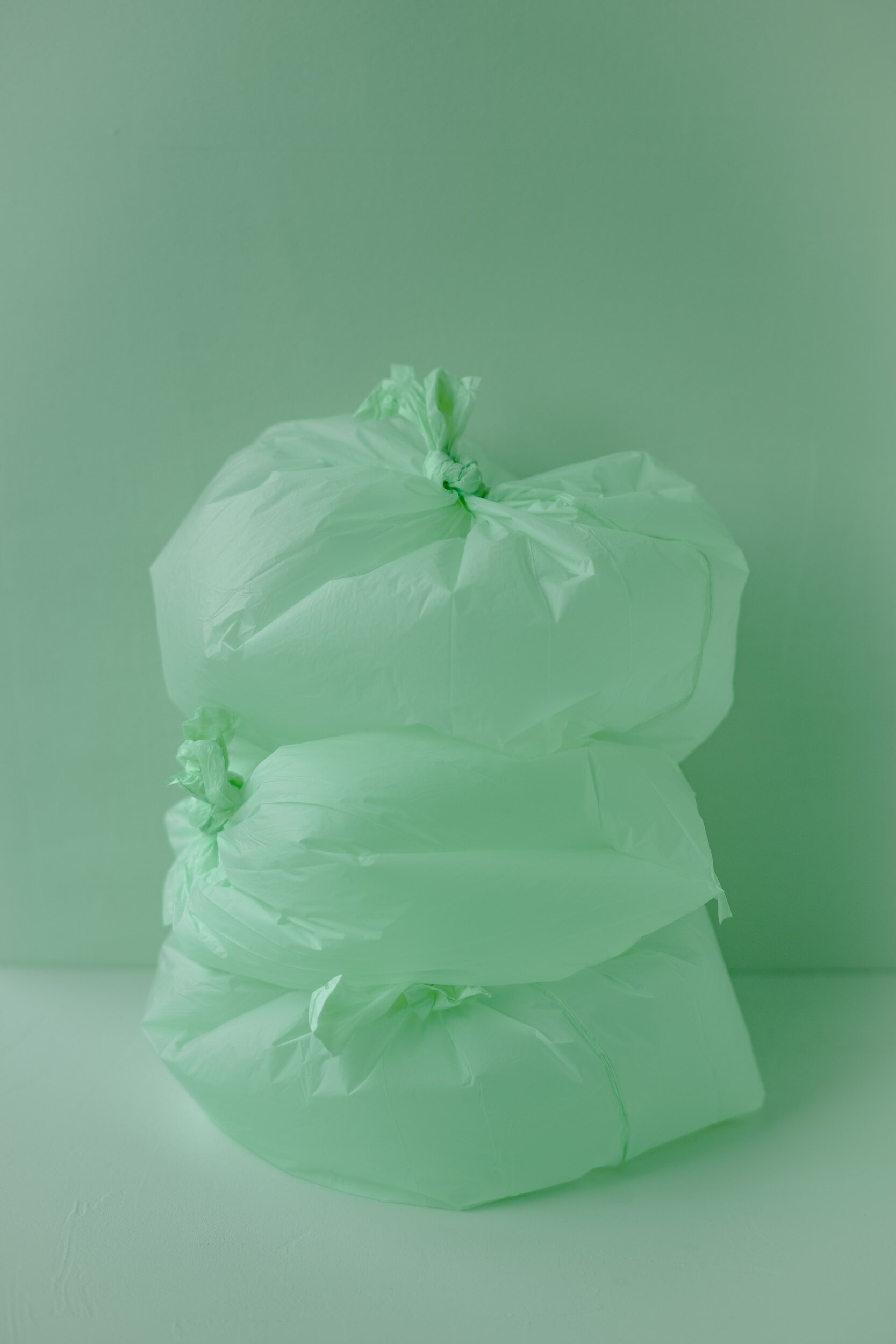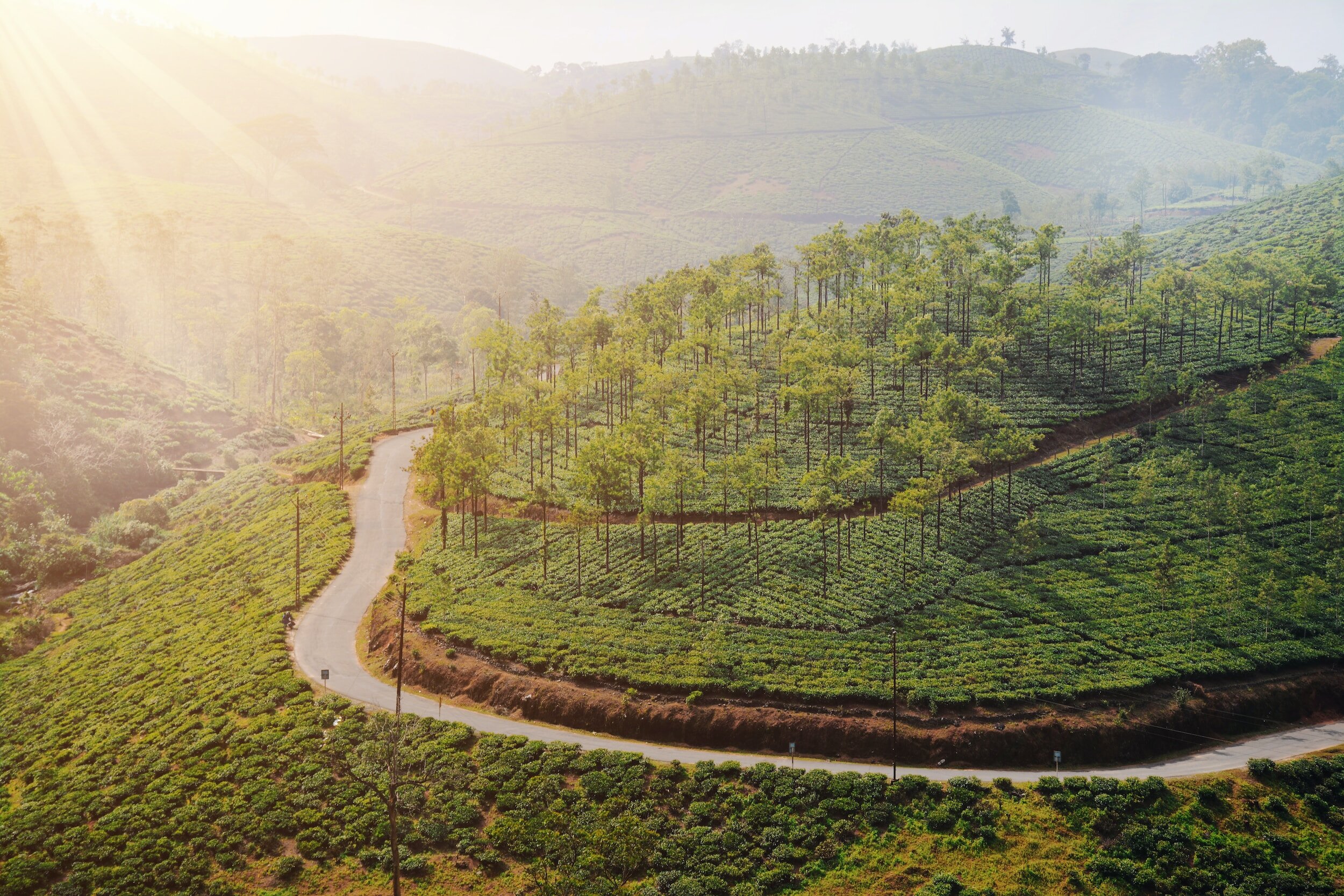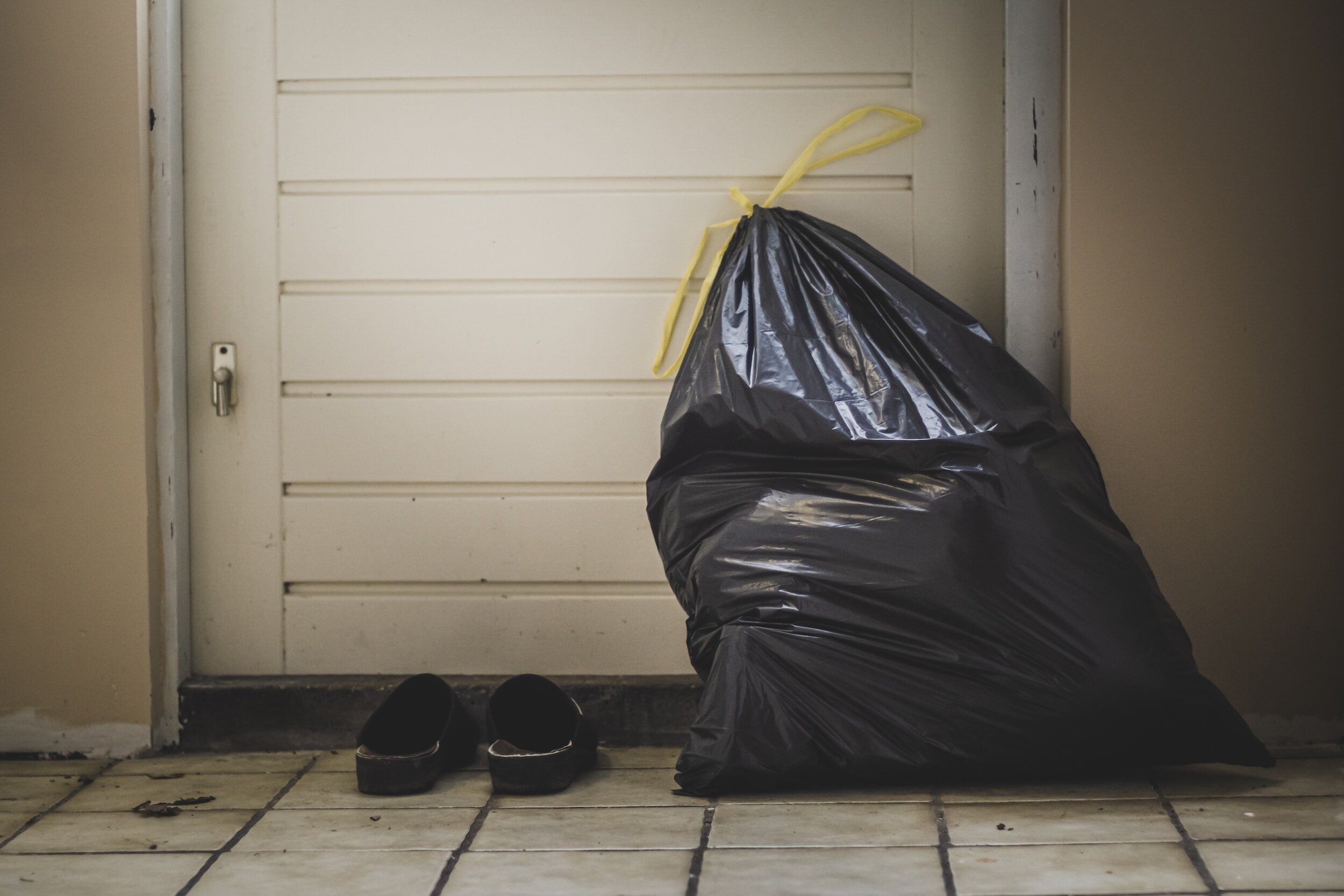The facts.
-
The first garbage bag was invented in the 1950s by a Canadian Inventor
-
The versatility resulted in Hefty bringing it to the US and so the garbage bag industry was born.
-
It is estimated that 12 billion trash bags are used annually across the US
-
Globally, trash bag consumption is increasing as the world’s population grows and consumes more
-
Garbage bags end up in landfills, do not decompose and leach microplastics into the environment
The big picture.
In the last several years, there has been an explosion of green products for garbage. These products claim to be environmentally friendly and are growing in market share. Often priced higher than traditional plastic bags, sometimes 2-3x more so, they seem to be a sustainable option as we try to reduce single use plastic. But are we making a difference by switching to these green products or is there more to the story? Let’s explore the nuances behind the labels and determine what’s a better choice, biodegradable or compostable garbage bags?
Important terminology.
Degradable garbage bags – These bags are also made of plastic which have been treated with various chemicals and metals to facilitate degradation. The challenge is that the process takes years and since the base is plastic, it still releases microplastics into the environment.
Biodegradable garbage bags – These are bags made of plants or bioplastics that avoid the plastic base. It is a plus that they are non-plastic but there are still questions about if they are better or not. This stems from two main concerns:
-
The definition of Biodegradable – in order to get this label, the manufacturer, “should have competent and reliable scientific evidence that the entire item will completely break down and return to nature (i.e., decompose into elements found in nature) within a reasonably short period of time after customary disposal.” In practice, most of these bags need high heat or bright light conditions in order to biodegrade but these often don’t exist in garbage dumps.
-
These plant based bags are often made from materials like corn, sugar and starches using microorganisms. These do not carry the toxins and dangers associated with plastic, but it is unclear if the process of making them is less energy intensive than traditional means. They are also not recyclable.
Recycled plastic garbage bags – These are plastic garbage bags made from post-consumer recycled plastic, as the name suggests.
Compostable garbage bags – These are bags made of “a plastic that undergoes degradation by biological processes during composting to yield carbon dioxide (CO2), water, inorganic compounds, and biomass at a rate consistent with other known compostable materials and that leaves no visible, distinguishable, or toxic residue.” The nuance here is that this degradation happens at industrial compost facilities and not necessarily in home composting or traditional garbage collection.
Are they effective?
The most important study on this topic came from National Geographic Explorer, Dr Imogen Napper. She examined biodegradable, oxo-biodegradable, compostable, and conventional plastic carrier bag materials over a 3 year period. These materials were exposed in three natural environments; open-air, buried in soil, and submersed in seawater, as well as in controlled laboratory conditions.
The publication highlighted, “collectively, our results showed that none of the bags could be relied upon to show any substantial deterioration over a 3 year period in all of the environments.” A few specifics:
-
The compostable bag completely disappeared within 3 months in the ocean.
-
The same compostable bag type however was still present in the soil environment after 27 months but could no longer hold weight without tearing.
-
Biodegradable bags on the other hand, could still hold a full bag of shopping after being in the sea or buried in the soil for over 3 years.
What does this mean for you?
-
Avoid degradable bags, as you are effectively paying more for a bag that is not any better!
-
Bioplastics biodegradable bags are an option if you are focused on reducing plastics but their biodegradable properties are murky.
-
Compostable garbage bags are great if your state has green bins which are taken to industrial composting facilities. Currently in the USA, composting facilities are limited. According to BioCycle, in 2023, “nearly 50% of all full-scale food waste composting facilities in the U.S. are located in California (35), New York (14), Colorado (13), Pennsylvania (10), Washington (9), Texas (9) and North Carolina (9).”
-
If you are buying compostable bags, look for the following certifications:
-
Certification of Compostability in a commercial facility
-
BPI certification – International certification
-
CMA certification
-
TUV Austria Industrial
-
Certification of Home Compostability
-
-
TUV Austria Home
-
The choices.
Life-focused
If your focus is on being kind to living things…
-
Reduce waste – the garbage industry is still quite human dependent
-
Many garbage facilities are in marginalized communities and are polluting to the surrounding environment
Earth-focused
If your focus is on the earth and environment…
-
Reduce waste – the impact of overconsumption, plastic etc is well known
-
Use bags made from recycled materials for regular trash
-
Use paper for garbage whenever feasible
-
Use certified compostable bags if your city participates in composting
-
If your city does not compost, let your city officials know that this is important to you
-
Consider home composting
Holistic
If you are considering an integrated approach…
-
Take a look at your consuming habits. Purchasing and consuming are directly related to how much garbage one creates. Where can you cut back? Where can you change what and how you buy?



